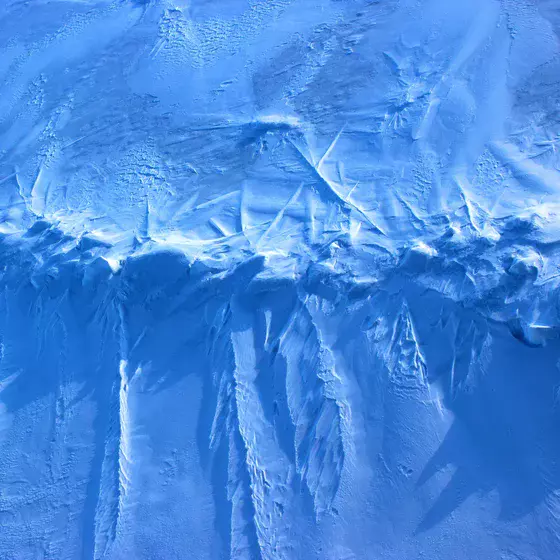The race to reach the North Pole during the late 19th and early 20th centuries was concurrent with the "discovery" of previously unchartered Arctic islands. The most famous of these, “Crocker Land,” was a large island apparently sited to the north, offshore Ellesmere Island that spanned “at least one hundred and twenty degrees of the horizon.” It was never reached, and has since been erased both from today's maps and polar explorers' minds. However, the idea of Crocker Land has instead persisted in a different set of maps. This island instead evolved into a material scientific concept in the field of geology and paleo-geography with the same name. A landmass, termed “Crockerland” was proposed to be at the centre of the Arctic, except just 120 Million years prior to Peary's original sighting. It appears that the unreachable can indeed evolve into a palpable concept, just with the perspective of very deep time-travel.
